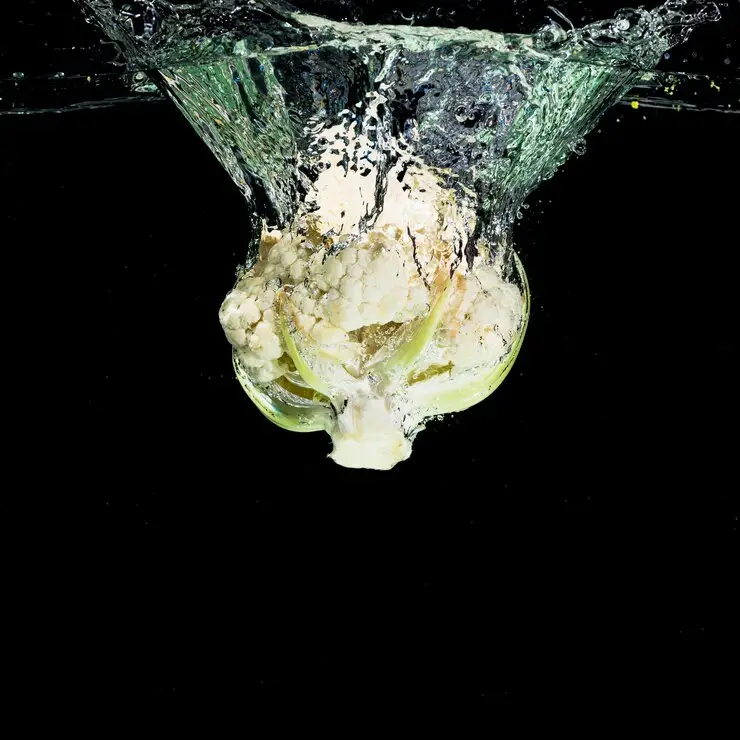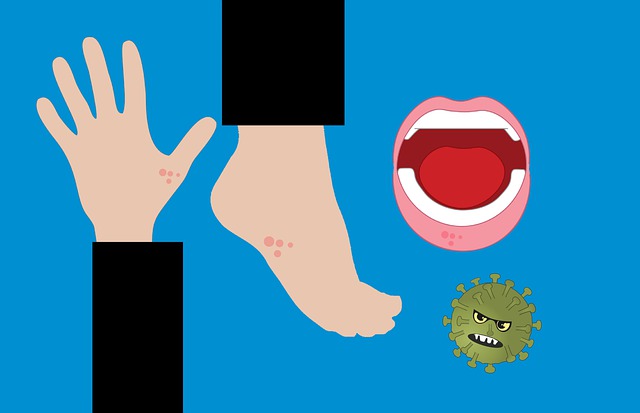How to Understand Green Feces and The Green Truth Behind Your Poop

Introduction: Discovering green feces in the toilet bowl can be startling, leaving many individuals puzzled and concerned about their digestive health. However, green poop is not always a cause for alarm. Understanding the various factors that can contribute to the green hue of feces can help alleviate worries and provide insights into one’s well-being.

Page Contents
How to Understand Green Feces and The Green Truth Behind Your Poop
What Causes Green Poop? There are several potential reasons why feces may appear green:
- Dietary Factors: Consuming certain foods and beverages with green pigments can directly influence the color of stool. For example, leafy green vegetables like spinach, kale, or broccoli, along with foods containing green food coloring or additives, can give feces a greenish tint.
- Rapid Transit Time: The speed at which food moves through the digestive tract, known as transit time, can affect stool color. When digestion occurs rapidly, bile – the fluid produced by the liver to aid in digestion – may not have sufficient time to break down completely. As a result, bile pigments, which are naturally green, may remain in the stool, leading to green feces.
- Bacterial Imbalance: Disruptions in the gut microbiota, the community of bacteria residing in the digestive system, can sometimes result in green stool. Changes in bacterial populations, often due to factors like antibiotics usage, illness, or dietary changes, may alter the normal digestion and absorption processes, causing stool color changes.
- Gastrointestinal Infections: Certain gastrointestinal infections, such as bacterial or viral gastroenteritis, can lead to changes in stool color, including greenish hues. These infections can affect the digestive process and may result in faster transit times or alterations in bile production, contributing to green feces.
The Normal Color of Stool
The normal color of stool or poop can greatly vary but generally falls within the shades of brown, owing to the digestion process….It can be due to the diet, hydration and even medications for some who are having ailments maintenance.
However, it is vital to note that the significant changes in color, such as black, white, or red, may indicate underlying health issues and warrant medical attention.
Green Poop is Temporary and Harmless
Should You Be Concerned? In most cases, green poop is harmless and temporary, especially if it’s attributed to dietary factors or recent changes in eating habits.
However, there are instances where green stool may warrant further attention:
- Persistent Green Stool: If green feces persist for an extended period without an obvious dietary cause or resolve within a few days, it’s advisable to consult a healthcare professional to rule out underlying digestive issues.
- Accompanying Symptoms: Green poop accompanied by symptoms such as abdominal pain, diarrhea, fever, or noticeable changes in bowel habits may indicate an underlying gastrointestinal condition that requires medical evaluation and treatment.
- Unexplained Changes: Any unexplained changes in stool color, consistency, or frequency should be discussed with a healthcare provider, especially if there’s a family history of digestive disorders or other relevant medical conditions.




Here are the top 12 foods to eat for a healthy digestive tract:
- Yogurt: Contains probiotics, beneficial bacteria that support gut health and aid in digestion.
- Fiber-Rich Foods (e.g., Whole Grains, Beans, Lentils): High-fiber foods promote regular bowel movements, prevent constipation, and support overall digestive health.
- Berries Fruit Family: Packed with antioxidants and fiber, berries help maintain a healthy gut microbiome and promote digestive regularity.
- Leafy Greens (e.g., Spinach, Kale, Swiss Chard): Rich in fiber, vitamins, and minerals, leafy greens support digestive health and provide essential nutrients.
- Fermented Foods (e.g., Sauerkraut, Kimchi, Kefir): Contains probiotics and beneficial enzymes that support gut health and aid in digestion.
- Bananas: High in fiber and potassium, bananas support digestive regularity and help alleviate symptoms of constipation.
- Ginger: Contains compounds that aid in digestion, reduce inflammation, and soothe the digestive tract.
- Whole Grains (e.g., Oats, Brown Rice, Quinoa): Rich in fiber, vitamins, and minerals, whole grains support digestive regularity and provide sustained energy.
- Apples: High in fiber and antioxidants, apples support digestive health and aid in regulating bowel movements.
- Fatty Fish (e.g., Salmon, Mackerel, Sardines): Rich in omega-3 fatty acids, fatty fish reduce inflammation and support overall gut health.
- Avocado: Contains healthy fats and fiber that support digestive health and help maintain a healthy gut microbiome.
- Bone Broth: Rich in nutrients and amino acids, bone broth supports gut health, reduces inflammation, and aids in digestion.
Incorporating these foods into your diet can help promote a healthy digestive tract, support gut health, and ensure optimal digestion and nutrient absorption. Remember to consume a balanced diet rich in a variety of whole foods for overall wellness.
Conclusion:
While seeing green feces in the toilet bowl can be disconcerting, it’s essential to recognize that it’s often benign and transient. Understanding the potential causes of green poop, including dietary factors, transit time, bacterial imbalance, and gastrointestinal infections, can help alleviate concerns and guide appropriate actions. However, if green stool persists or is accompanied by worrisome symptoms, seeking medical advice is advisable to ensure proper evaluation and management. Remember, maintaining a balanced diet, staying hydrated, and practicing good digestive habits are crucial for overall gut health and well-being.






